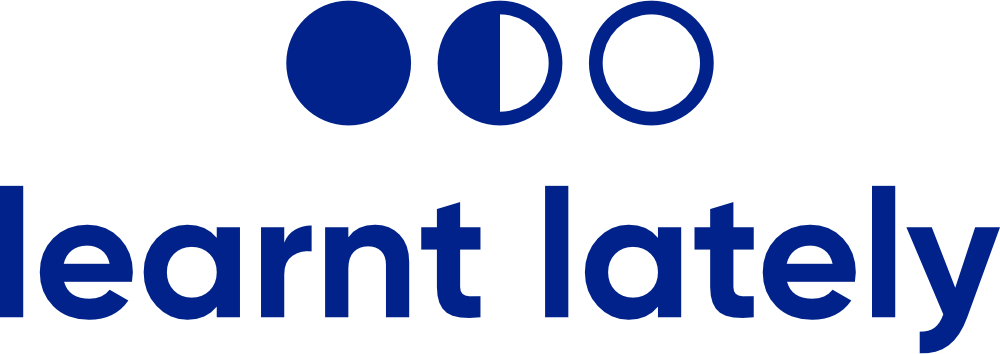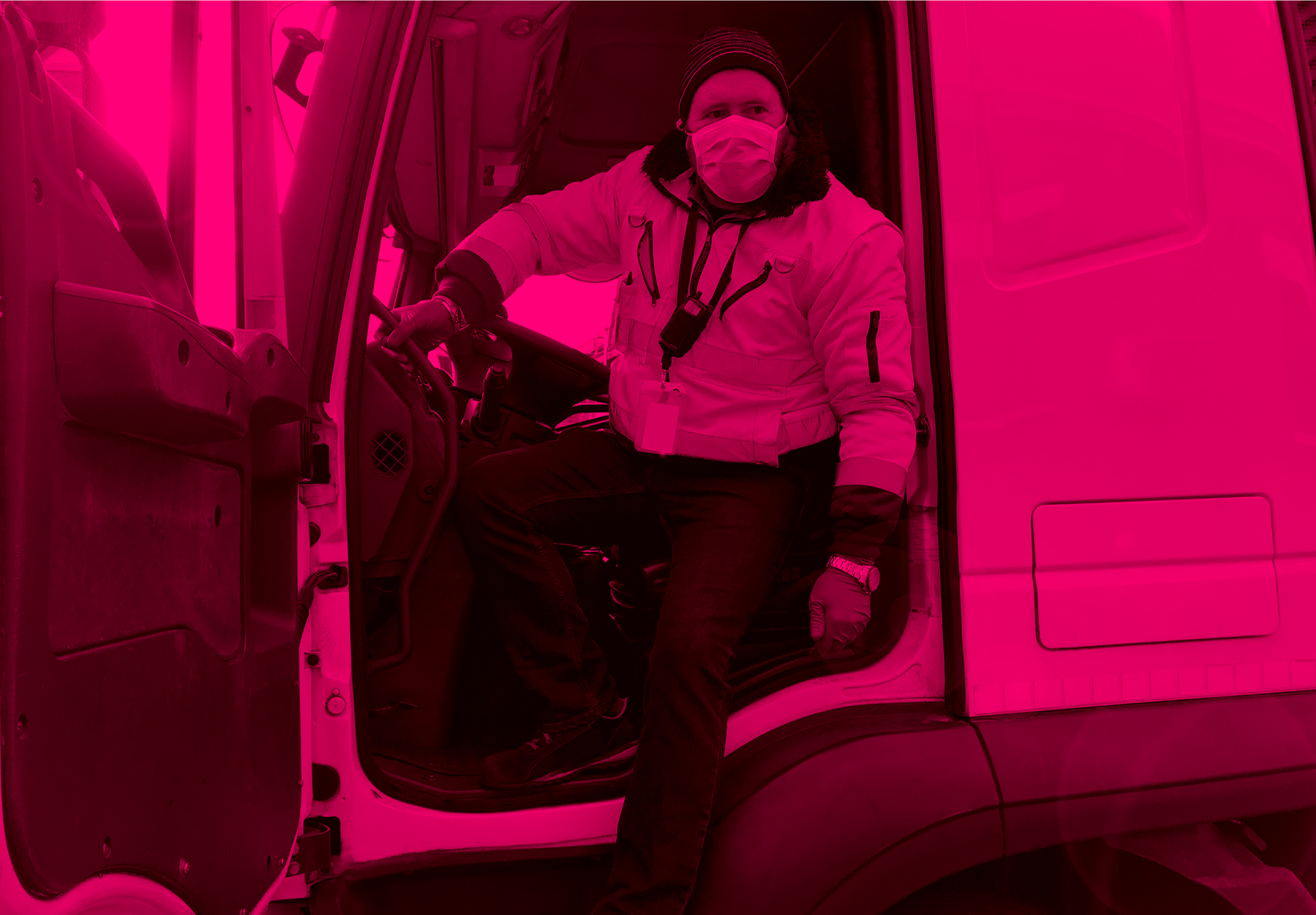Leading through the transition to hybrid work
As we come through the other side of this pandemic we’re asking our managers and employees to embrace the new normal which means many things - hybrid working amongst them. Just as disruptive as the shift to working remotely, the shift to hybrid work is likely to leave employees and managers hungry for answers and with some anxiety about how their lives will change, again.
In a recent FastCompany article ex-Google Head of People, Laszlo Bock, highlighted some opportunities amidst the chaos, and a handful of tactics, that will help you take better care of your people.
He wrote, “The return to work is an example of what I call an ‘imprintable moment’. Bock believes that during key events such as a job interview or first day on the job we ‘imprint’ as employees. “The return to work is an imprintable moment that will set the tone for how employees view their workplace for years to come. This moment is even more important now given the high percentage of employees who were hired during the pandemic, and that many others are said to be thinking about quitting”, he wrote.
In this post, we’ll summarise Bock’s key take-aways for better leadership through this transition period. Here are his five points that senior leaders, managers, and HR teams can lead with to help take care of their people during the hybrid work transition
1. Set realistic performance goals
As teams return to work, many people are dealing with burnout. Ensure that goals are relaxed in the initial period giving everybody time to re-engage and ramp up. Ensure these expectations are set from the outset and communicated clearly.
Set realistic goals across your teams.
2. Lead with compassion not empathy
Acknowledging that it’s been a tough 18 months is demonstrating empathetic leadership but going a step further and working out what employees need to get back on track, and then offering it to them, is leading with compassion. Compassionate support may take many forms and what’s viable will depend on each unique business.
3. Close the emotional distance
We are physically distanced through remote work and socially distanced through desk layout - but closing the emotional distance is more important than ever. Introduce or maintain special events that bring people together safely to connect and interact. This is important for all working relationships, especially those new to the workforce like graduates or recent hires.
4. Set a date to reassess your plans
Getting the ‘new normal’ absolutely right is going to take some experimentation. Rather than communicating that how things are now is how they’re going to be moving forward, it’s better to communicate that how things are now will be trialled for a few months and reassessed. This way everybody understands that the workplace is in a state of flux and will cope with change better as it unfolds.
5. One-size-doesn’t-fit-all
As you experiment with a new hybrid work model it helps to understand that one hybrid work model won’t fit every team or every individual. The requirements of the production team may vary dramatically from the needs of the sales team. Try different approaches, communicate openly and ask for feedback.
Bock’s article of leading through the transition to hybrid work is a short but insightful list of approaches that will help you lead your employees. As he says, viewing the return to work as an ‘imprintable moment’ will be key to getting these issues at the top of the business agenda and will put you in good stead to lead more effectively. To help deal with the challenge of effective onboarding and ‘culture setting’ during those imprintable moments, remember customised elearning is an effective and cost-effective way for communicating with employees.
Do you have an elearning project you want help with?
We specialise in developing custom elearning courses. Our mission is to build better elearning that drives better business so you can develop skills and knowledge where you need it most.
Sounds good? Get in touch via 1300 086 692 or send us an email today.




